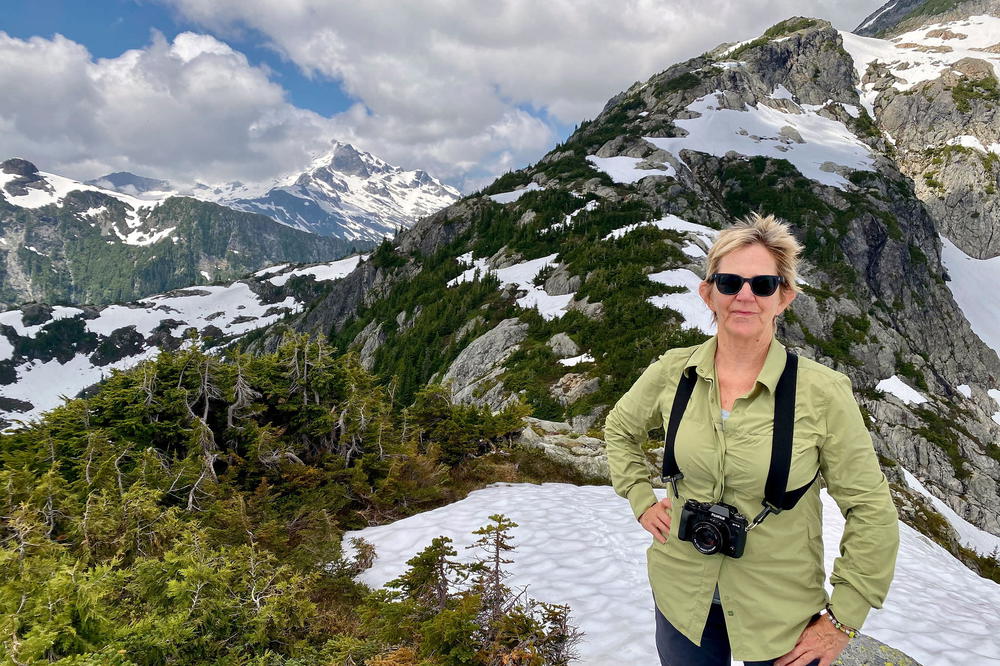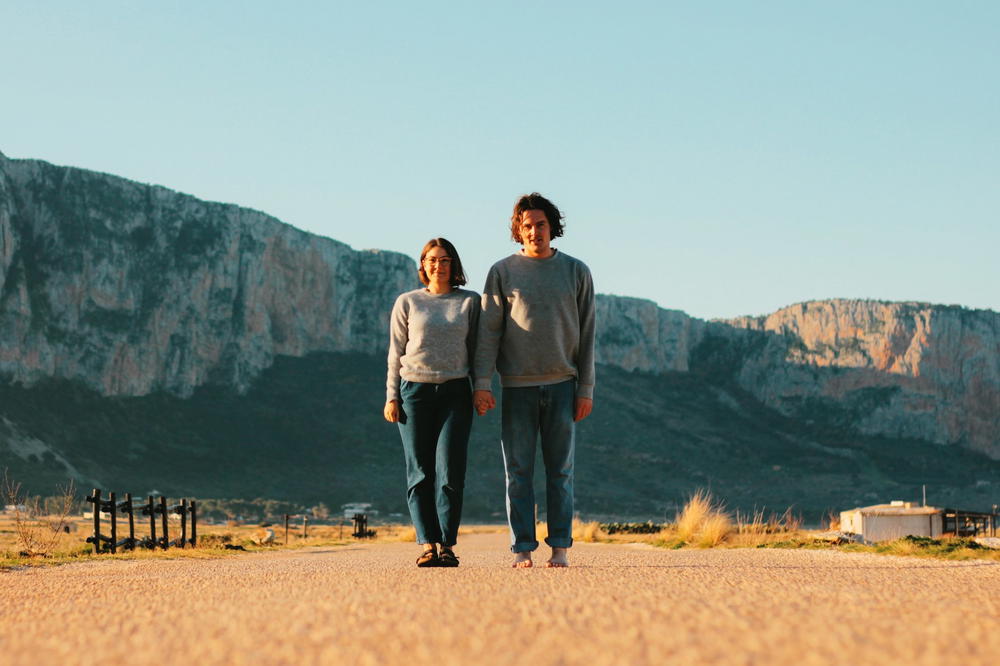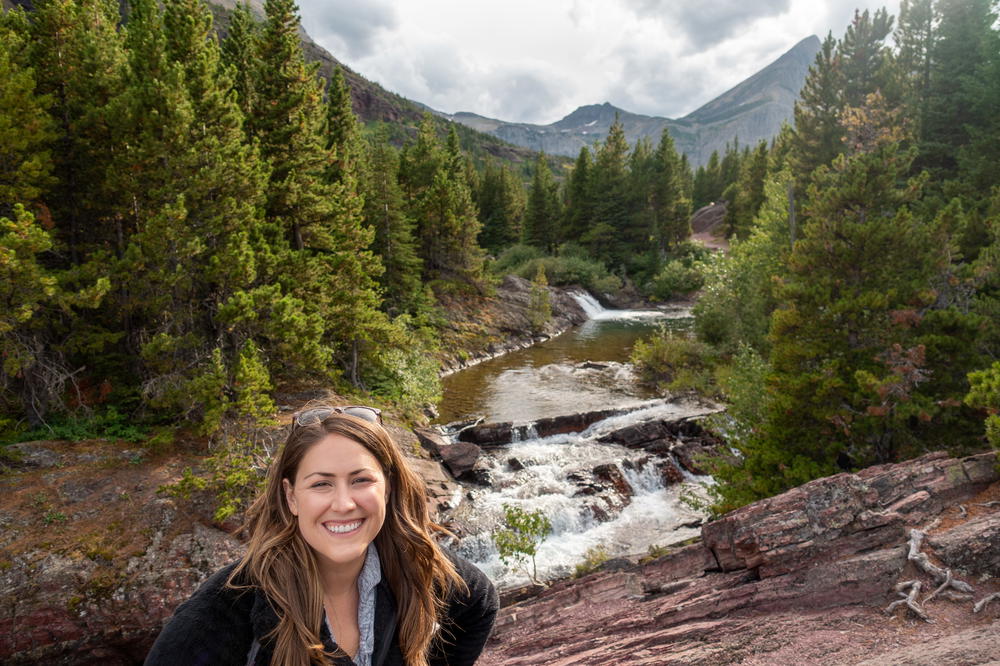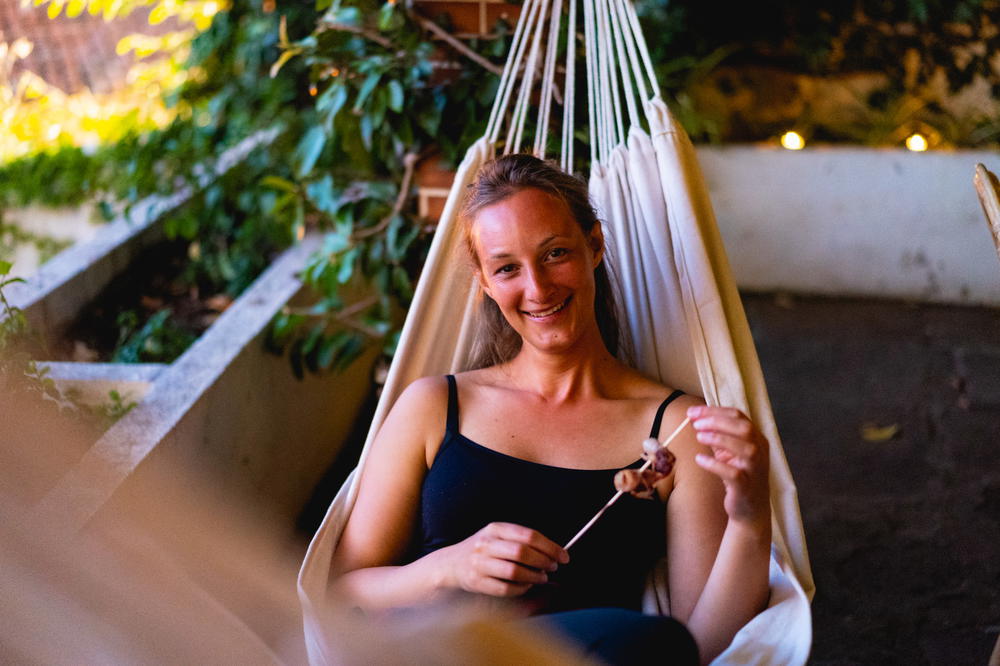The Real Reasons Why I’ve Never Been to Paris, London or Rome

Are you still a well-traveled person if you’ve never been to the world’s top tourist cities? See why I’ve never been to the famous European capitals, and where I’ve been instead.
This article may contain affiliate links. We earn a small commission when you purchase via those links — at no extra cost to you. It's only us (Becca & Dan) working on this website, so we value your support! Read our privacy policy and learn more about us.
I’m a travel blogger who’s never been to London, Paris or Rome (as nice as they may be). Imagine that!
Why, though? How on Earth have I never stepped foot in these incredible European capitals, let alone the countries that are home to them, despite having lived abroad, traveled around the world and backpacked for months on end?
There are a few answers to this madness, if you’re curious. And maybe you’re also someone who’s waiting until you get old to go to destinations like these.
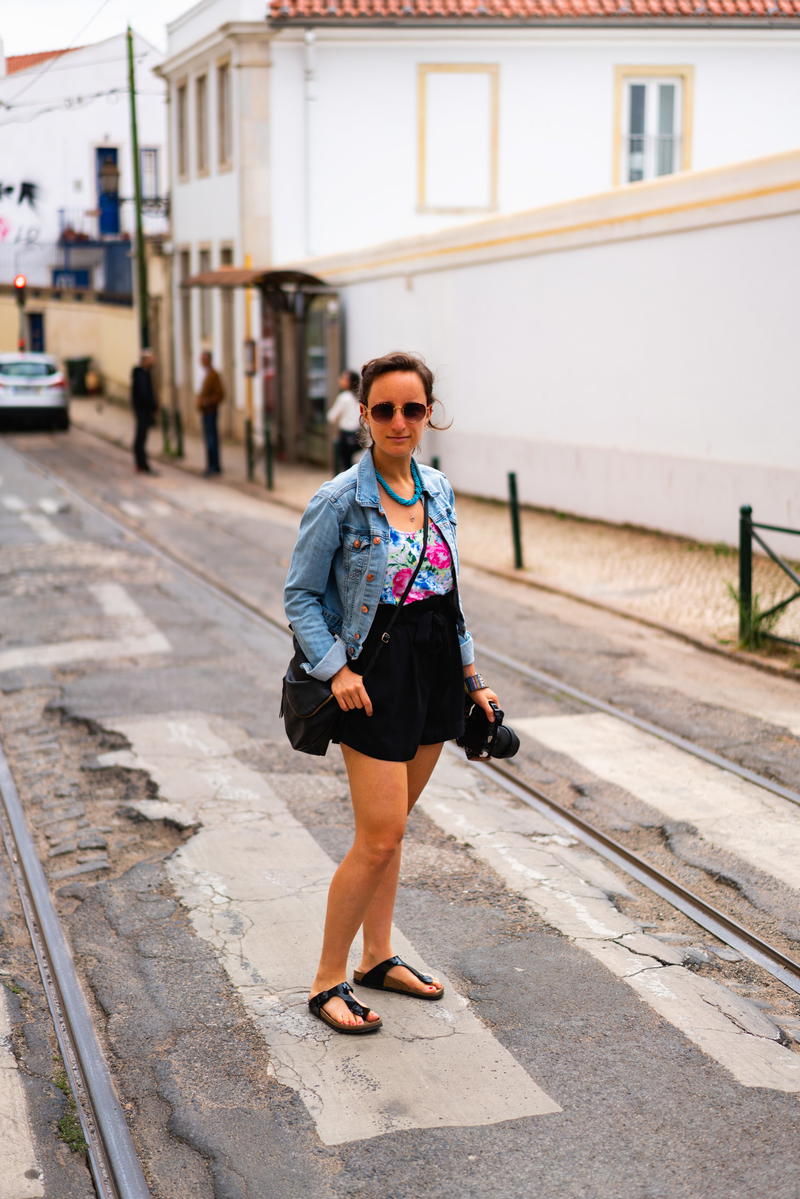
I find it more thrilling to go to lesser-known places
I traveled to two handfuls of “more difficult” developing countries in Central America, South America, East Asia, South Asia and Southeast Asia before I ever went to Europe. I chose to visit Chiang Mai, Pai, Phnom Penh and Siem Reap, rather than every American’s first itinerary of Paris-London-Rome (although I have nothing against these places).
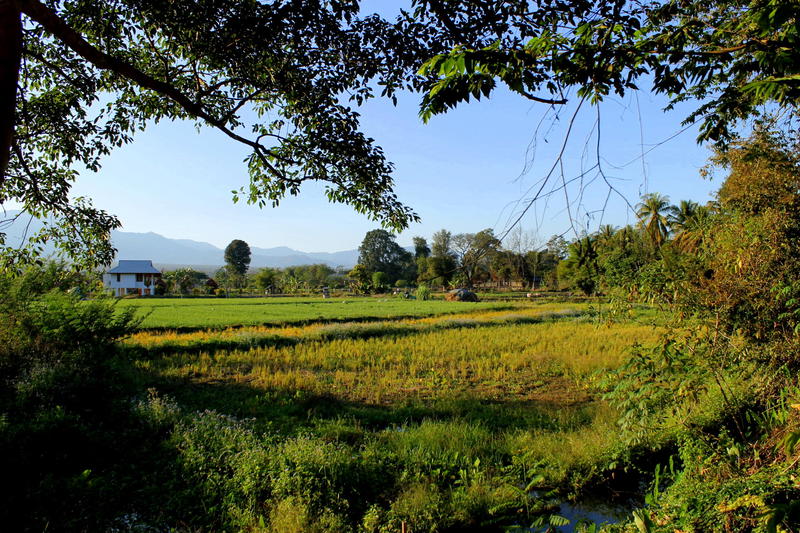
Don’t get me wrong: I really do love Europe. I found Madrid to be beautiful, and one of my favorite cities in the world is Lisbon, Portugal.
But I get more of a rush when I step off the plane and it’s in Ho Chi Minh City, or Taipei or Kuala Lumpur. I somehow feel more at home navigating scenarios bargaining in Mexico City, or in Sri Lanka.
Everyone has a photo of the top sights in London, Paris and Rome (and they sound very interesting indeed). And admittedly, I have photos of top sights of the world elsewhere, like the Great Wall of China, the temples of Bagan, the walled city of Cartagena and the salt flats of Salar de Uyuni.

But the capitals of Western Europe really can wait. I have other places to go first.
I’d rather stand out for going off the beaten path
Study abroad was the first microcosm of my travel style. “Everyone” studied abroad in London, Paris and Rome (and of course, they seem great). Like, literally everyone.
“Where will you be studying abroad?” I got asked.
“Hong Kong,” I replied.
I’d often get confused reactions. Hong Kong? That’s far away. Why so far? Why not Europe? After all, everyone’s going to Europe for study abroad.
But after I got back from Hong Kong, I’d had experiences no one else had had. I spent my spring break in Laos riding on the backs of motorbikes and getting my first bout of Southeast Asian food poisoning, which is very special. I’d become friends with students from Taiwan and China. I learned some slang words in Cantonese.

Starting my formative travel years (known as my golden age of backpacking) by going off the deep end so drastically paved the way for off-the-beaten traveling right away.
I got back from Hong Kong and wanted to live in Shanghai, leading to how living abroad changed my life. From there, I traveled 3000 km on my own, across China, by train. I spent a few days by myself in Thailand, and Japan, and Singapore. I met up with friends in Cambodia, Malaysia and the Philippines. Going on the same types of solo benders to England, France or Italy seemed over-hyped (although experiences for the books, undoubtedly).

When I got back from China, I had mustered the courage to go on a trip alone to Costa Rica, my first time in Latin America. I was 24 years old and had still “never been to Europe.”
I went to Panama. I went to Ecuador. I went to Bolivia, Guatemala, Nicaragua, Peru and Colombia, all before I went to Portugal, for my first time on the European continent (save for a 12-hour layover in Frankfurt, Germany, on my way to South Africa a few months before).
Traveling off the beaten path of Western Europe made me feel amazing. My trip choices would turn heads, rather than eliciting, “Oh, that’s nice.” And I’d rather live a life of the former.
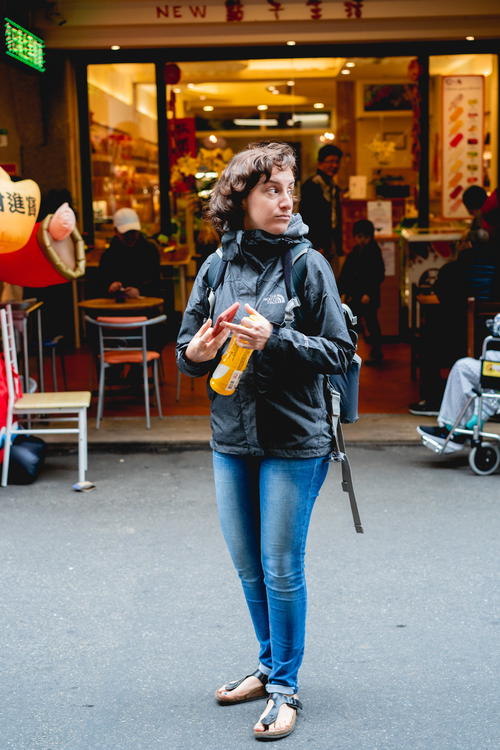

I don’t like the feeling of being just another tourist
Touristy places skeeve me out. I don’t like the feeling of being looked at as another person who’s going to spend money on entrance fees to famous landmarks or who’s going to stand in line waiting to eat at a sought-after restaurant. I’ve even put together my tips for how to avoid crowds while traveling.
Sure, when I went to Bangkok, I was one of hundreds, if not thousands, of foreign tourists visiting the Grand Palace and getting charged four times as much as Thai nationals for entering (this is a system put in place so that Thai people can afford to visit their country’s heritage sites, and it’s this way in Latin America for the most part, too).
And when I went to Machu Picchu, I was one of the millions of visitors who’ve made the trek and gotten their figurative badge for making that sort of schlep.
But the capital cities of Western Europe are by far the most heavily-visited places in the world, by people from every corner of the Earth. If I’m going to be “just another tourist,” I’d rather be in Japan, or Bolivia, or in Latvia.

I’ll go when I’m older
I spent my 20s doing things I knew I had to do when I had the energy for them, and boy was I smart in doing that. Even in my mid-30s, I don’t have the energy to sleep on night buses from Inle Lake to Yangon, Myanmar, nor do I have the patience to spend every other night in a new city because I want to see the top five “must-dos” in Guatemala.
If I spent my 20s doing what I would be too tired for in my 30s, I’m certainly going to spend my 30s doing what would drive me up a wall in my 40s and 50s. This means I’ll go to Medellin, Colombia, with my toddler, this year, because when I have more kids and they’re all angsty, they may want to convince me that we need to go elsewhere.
I picture me and Dan finally going to London, Paris and Rome (which seem very nice) when we’re 65. They’ll still be some of the most expensive places to travel. They also won’t have changed much. In fact, they’ll be very much the same.
The Colosseum will still be old, the Eiffel Tower will still be beautiful and Big Ben will still be tall. Sure, the “cool neighborhoods” will be even cooler, and there will be even better ones where the young kids hang out. New areas will gentrify and more friends of ours will have more tips than ever before about how to enjoy these places.
But I still have no reason to go to them this year 🙂.

📓 Thanks for following our story
We use this corner of the site to share milestones and lessons from life on the road. If you're enjoying the peek behind the scenes, a coffee keeps us caffeinated to do more.
Keep the stories comingYou may also like
-
![A blood moon is seen in the sky.]()
Daniel J. Stein: Traveling to Dark Skies for Astrophotography
What's it like to travel for dark sky astrophotography? We interview Daniel Stein, a talented photographer who travels to capture eclipses and the Milky Way.
-
![a woman standing on top of a snow covered mountain]()
Barbara Cameron: Food Photographer with World Travel Inspirations
Photographer Barbara Cameron tells us in this interview how she took a dive into world travel and got freshly inspired, while continuing professional food photography.
-
![Two people standing on a road with mountains in the background.]()
Carlie & Pat: Off-the-Beaten Path Van Life Travel
What's it like to take a big trip as a couple in a campervan? Carlie and Pat of @verynicetravels told us how to do a 'van life' trip across Europe, and how to deal with unexpected turns during travel.
-
![a woman standing in front of a waterfall]()
Cindy Scott: RV Living, AT Thru-Hiking & Podcasting from the Road
Cindy Scott of the Cinders Travels blog and Locals Know Best podcast shares her best advice for hiking the Appalachian Trail, living in an RV and starting a travel podcast.
-
![A group of people posing for a photo in a coffee shop.]()
GOAL Traveler X Half Half Travel Podcast
We were delighted when Cyd and Marc of GOAL Traveler invited us to be interviewed for their travel podcast. We discussed our experience traveling as a couple so far as digital nomads with Remote Year. We talked about our favorite travel packing hacks, along with our favorite destinations and best tips for traveling long term.
-
![a woman is sitting in a hammock]()
Anne Kuppens: Digital Nomad Coliving Entrepreneur
After traveling the world for a year as a digital nomad, Anne took her experience and opened a coliving space in Tenerife, Spain. Find out how she became an entrepreneur and started a business.

